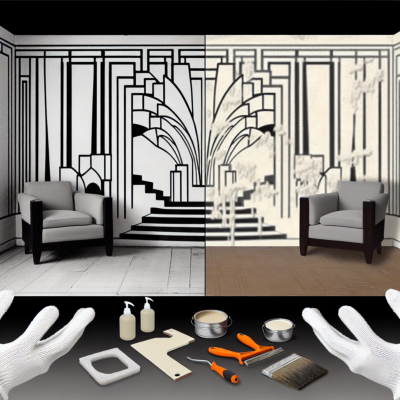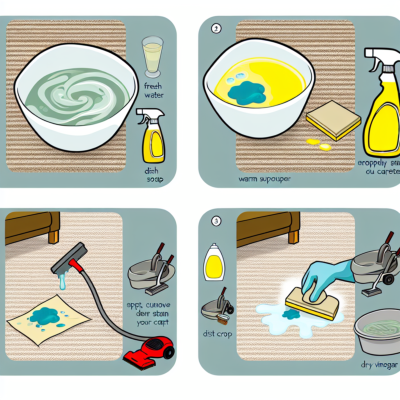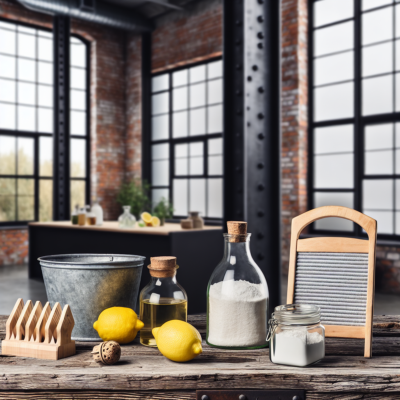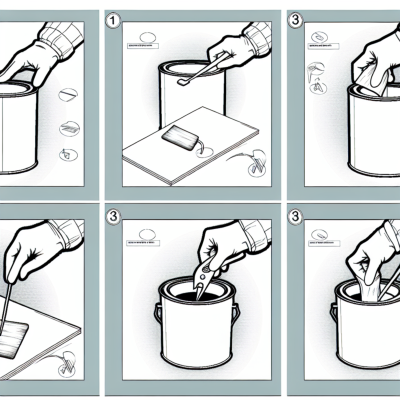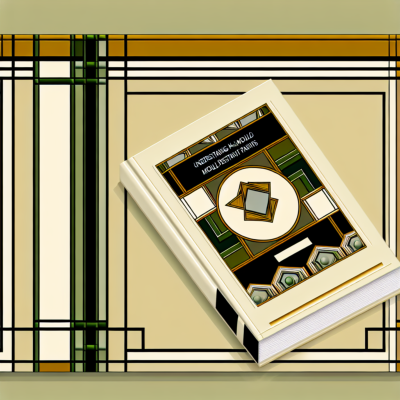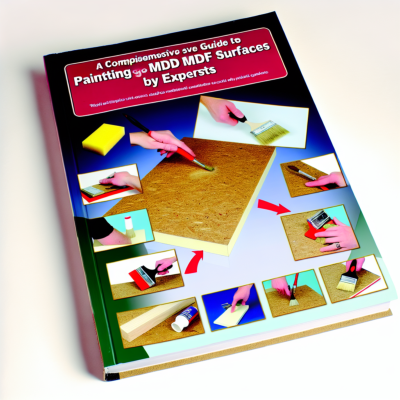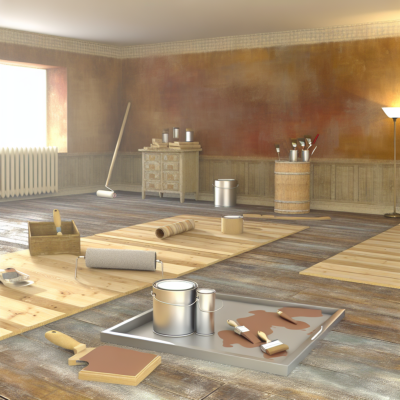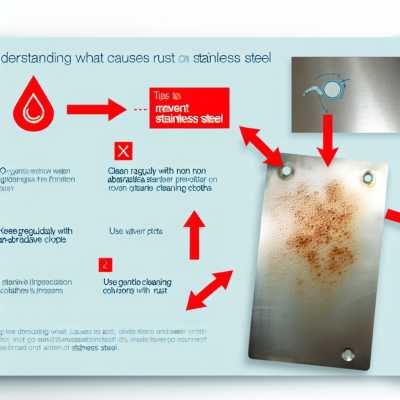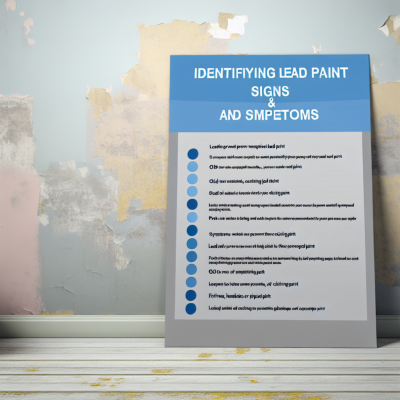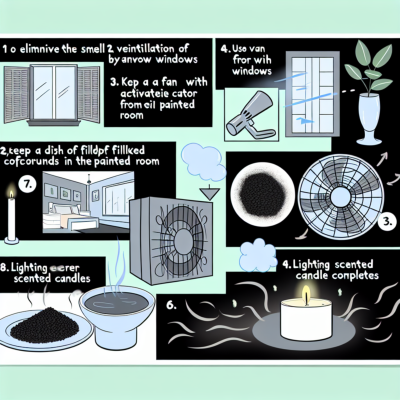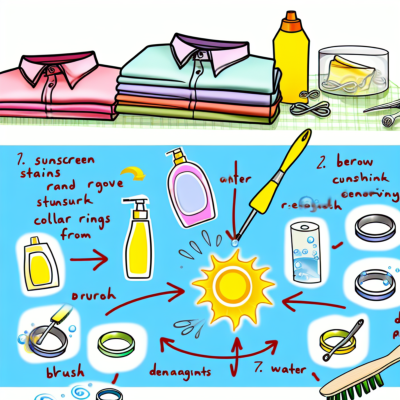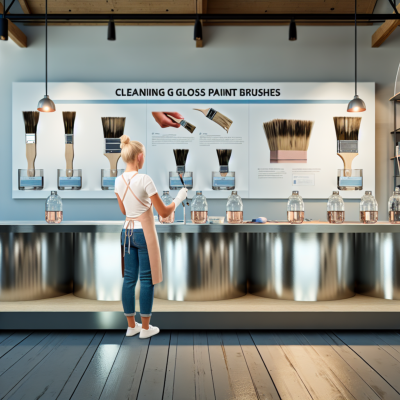This article delves into the world of emulsion paint , exploring its various aspects and applications. It answers common questions such as ' what is emulsion paint ,' ' is emulsion paint water based ,' and ' how long does emulsion paint last .' The article provides insights into what emulsion paint is used for , its meaning, and the types available, including matt emulsion paint . It addresses concerns like ' does emulsion paint go off ' and ' is emulsion paint flammable ,' offering a comprehensive understanding of what's emulsion paint and its suitability for various painting projects.
Emulsion paint, also known as latex or water-based paint, is a popular choice for both interior and exterior surfaces. Its versatility, ease of application, and quick drying time make it a go-to option for DIY enthusiasts and professional painters alike.
One of the key advantages of emulsion paint is its ability to create a smooth and durable finish. It is available in a wide range of colors, allowing you to easily find the perfect shade to complement your space. Whether you're looking to refresh your living room, revamp your kitchen, or add a splash of color to your outdoor walls, emulsion paint offers endless possibilities.
Another notable feature of emulsion paint is its low odor and low toxicity. Unlike oil-based paints, which release harmful fumes and require ventilation, emulsion paint is much more user-friendly. This makes it a great option for those with sensitivities or allergies, as well as for families with children or pets.
When it comes to application, emulsion paint can be easily brushed, rolled, or sprayed onto surfaces. It provides good coverage, typically requiring two coats for a flawless finish. Emulsion paint is also easy to clean up, as it can be washed off brushes and rollers with water, eliminating the need for harsh solvents.
Whether you're a novice painter or an experienced DIYer, this comprehensive guide to emulsion paint will provide you with all the information you need to achieve professional-looking results. From choosing the right type of emulsion paint for your project to mastering the application techniques, we'll cover it all. So, let's dive in and discover the wonders of emulsion paint!
Basics of Emulsion Paint
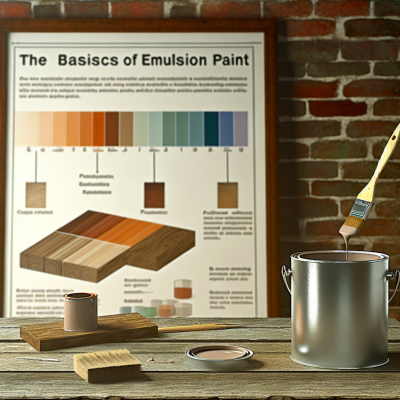
Emulsion paint is a popular choice for both interior and exterior painting projects. It is a water-based paint that consists of pigment, binders, and water. Emulsion paint is known for its smooth finish and durability.
One of the main advantages of emulsion paint is its ease of use. It is easy to apply and dries quickly, allowing for multiple coats to be applied in a short amount of time. Emulsion paint is also available in a wide range of colors, making it suitable for any design or style.
777 angel number
Emulsion paint is ideal for use on walls and ceilings. It provides excellent coverage and hides imperfections, such as cracks or uneven surfaces. It can be applied with a brush, roller, or spray gun, depending on the desired finish.
Another benefit of emulsion paint is its durability. It is resistant to fading, cracking, and peeling, making it a long-lasting option for both indoor and outdoor applications. It is also easy to clean, as it can be wiped down with a damp cloth.
When choosing emulsion paint, it is important to consider the desired sheen level. Emulsion paint is available in different finishes, including matt, silk, and satin. Matt finishes are non-reflective and are ideal for hiding surface imperfections, while silk and satin finishes have a slight sheen and are easier to clean.
In conclusion, emulsion paint is a versatile and durable option for any painting project. Its ease of use, wide range of colors, and excellent coverage make it a popular choice among homeowners and professional painters alike.
What are the basic components of emulsion?
An emulsion paint consists of several key components that work together to create a durable and long-lasting finish. These components include:
1. Binder: The binder is the main component of emulsion paint and is responsible for holding the pigment particles together and adhering them to the surface. It also provides the paint with its durability and resistance to wear and tear.
2. Pigments: Pigments are finely ground particles that give the paint its color. They are mixed with the binder to create the desired shade and opacity of the paint. Pigments can be organic or inorganic and come in a wide range of colors.
3. Solvents: Solvents are used to dissolve the binder and pigments and help them spread evenly on the surface. They also aid in the drying process by evaporating quickly, leaving behind a smooth and even finish.
4. Additives: Additives are additional substances that are added to the paint to enhance its performance and properties. They can improve the paint's flow, leveling, and drying time, as well as provide resistance to mold, mildew, and UV radiation.
5. Water: Water is the primary solvent used in emulsion paint. It is used to dilute the paint and adjust its viscosity, making it easier to apply. Water-based emulsion paints are also more environmentally friendly compared to solvent-based paints.
6. Fillers: Fillers are added to emulsion paint to increase its volume and improve its hiding power. They also help to fill in surface imperfections, such as cracks and holes, resulting in a smoother and more uniform finish.
Overall, the combination of these components in emulsion paint ensures a high-quality finish that is durable, resistant to wear and tear, and provides excellent coverage and color retention.
Varieties and Uses of Emulsion Paint

Emulsion paint is a versatile type of paint that is widely used in various applications. It is made by combining water, pigment, binder, and additives. Emulsion paint is known for its ability to provide a smooth and durable finish on various surfaces.
There are different varieties of emulsion paint available on the market, each with its own set of characteristics and uses. The most common types include:
1. Vinyl Emulsion Paint: This is the most widely used type of emulsion paint. It is known for its excellent durability and washability. Vinyl emulsion paint is suitable for both interior and exterior surfaces, making it a popular choice for walls, ceilings, and woodwork.
2. Acrylic Emulsion Paint: This type of emulsion paint is water-based and has excellent adhesion properties. It is commonly used for interior walls and ceilings. Acrylic emulsion paint dries quickly and provides a smooth and long-lasting finish.
3. Latex Emulsion Paint: Latex emulsion paint is a popular choice for interior walls and ceilings. It is known for its excellent coverage and easy application. Latex emulsion paint is also resistant to staining and can be easily cleaned with water.
4. Silk Emulsion Paint: Silk emulsion paint is a type of emulsion paint that provides a smooth and shiny finish. It is commonly used for interior walls and is known for its excellent coverage and durability.
Emulsion paint can be used on a variety of surfaces, including plaster, concrete, wood, and metal. It is commonly used in residential and commercial buildings, as well as in industrial settings. Emulsion paint is suitable for both interior and exterior applications and can be used on walls, ceilings, doors, and other surfaces.
Overall, emulsion paint is a versatile and widely used type of paint that offers a range of benefits. Whether you are painting your home or working on a large-scale project, emulsion paint is a reliable choice that provides a durable and attractive finish.
What type of emulsion is best for walls?
When it comes to choosing the best type of emulsion for your walls, there are a few factors to consider. The type of emulsion you choose will depend on the surface of your walls, the desired finish, and your personal preference.
Here are some common types of emulsion paints that are often used for walls:
| Type of Emulsion | Description |
|---|---|
| Matte | Matte emulsion is a popular choice for walls as it provides a smooth, non-reflective finish. It is great for concealing imperfections and is easy to touch up if needed. |
| Eggshell | Eggshell emulsion has a slight sheen and is more durable than matte. It is resistant to stains and can be easily cleaned, making it a good option for high-traffic areas. |
| Satin | Satin emulsion has a soft sheen and offers a smooth and washable finish. It is often used in kitchens and bathrooms due to its moisture resistance. |
| Silk | Silk emulsion has a higher sheen than satin and provides a luxurious, reflective finish. It is commonly used in living rooms and bedrooms to create a visually appealing look. |
Ultimately, the best type of emulsion for your walls will depend on your personal preference and the specific requirements of your space. It is always a good idea to test a small area before committing to a large-scale application.
Remember to properly prepare your walls before painting and follow the manufacturer's instructions for the best results. Happy painting!
Can emulsion paint be used on wood?
Emulsion paint is primarily designed for use on interior walls and ceilings, but it can also be used on wood surfaces with a few considerations.
Before applying emulsion paint to wood, it is important to properly prepare the surface. This involves cleaning the wood and ensuring it is free from any dirt, dust, grease, or loose paint. Sanding the wood surface can also help in creating a smooth and even base for the paint.
It is worth noting that emulsion paint may not provide the same level of durability and protection as other types of paint specifically formulated for wood surfaces. Therefore, it may be more suitable for decorative purposes rather than high-traffic areas or items that are subject to frequent wear and tear.
When applying emulsion paint to wood, it is recommended to use a primer specifically designed for wood to improve adhesion and longevity. Priming the wood surface can also help in preventing the paint from soaking into the wood and ensure a more even finish.
Additionally, emulsion paint may require multiple coats to achieve the desired coverage and finish on wood. It is important to follow the manufacturer's instructions for the specific emulsion paint being used.
Overall, while emulsion paint can be used on wood, it is important to consider the limitations and properly prepare the surface to ensure the best possible results.
Can emulsion paint be used on metal?
Emulsion paint is primarily designed for use on interior walls and ceilings, but it can also be used on certain types of metal surfaces. However, it is important to note that emulsion paint may not provide the same level of durability and protection as specialized metal paints.
When using emulsion paint on metal, it is crucial to properly prepare the surface to ensure proper adhesion and longevity of the paint. This may involve cleaning the metal surface, removing any rust or corrosion, and applying a suitable primer before applying the emulsion paint.
Emulsion paint is generally not recommended for use on metal surfaces that are exposed to excessive moisture, extreme temperatures, or high levels of abrasion. In such cases, it is advisable to use a metal-specific paint that is specifically formulated to provide enhanced durability and resistance to these conditions.
999 angel number
However, emulsion paint can be a cost-effective and convenient option for certain metal surfaces that are not subject to heavy wear and tear or harsh environmental conditions. It can be used to add a decorative touch or a fresh coat of color to metal furniture, fixtures, or decorative items.
It is important to follow the manufacturer's instructions and recommendations when using emulsion paint on metal surfaces, as different brands and formulations may have specific guidelines and limitations.
In summary, while emulsion paint can be used on certain metal surfaces, it may not offer the same level of durability and protection as specialized metal paints. Proper surface preparation and following manufacturer's instructions are essential for achieving satisfactory results.
Shelf Life and Storage of Emulsion Paint
Emulsion paint, like any other paint, has a shelf life that needs to be taken into consideration. The shelf life of emulsion paint can vary depending on various factors, such as the brand, formulation, and storage conditions.
On average, emulsion paint has a shelf life of about 2 to 5 years. However, it is important to check the specific instructions provided by the manufacturer, as some paints may have a shorter or longer shelf life.
To ensure the longevity of your emulsion paint, it is crucial to store it properly. Here are some tips on how to store emulsion paint:
- Keep the paint container tightly sealed: Make sure the lid of the paint container is tightly sealed to prevent air from entering. Exposure to air can cause the paint to dry out and become unusable.
- Store in a cool and dry place: Emulsion paint should be stored in a cool and dry place, away from direct sunlight and extreme temperatures. High temperatures can cause the paint to deteriorate, while direct sunlight can result in color fading.
- Avoid freezing: Freezing temperatures can damage the consistency and quality of emulsion paint. It is important to keep the paint away from freezing conditions.
- Store away from children and pets: Emulsion paint should be stored in a safe place, out of reach of children and pets. The paint can be toxic if ingested, and accidental spills can be harmful.
By following these storage tips, you can prolong the shelf life of your emulsion paint and ensure its quality when you are ready to use it.
What is the shelf life of wall paint?
When it comes to wall paint, it is important to consider its shelf life. The shelf life refers to the length of time that paint can be stored and remain in good condition for use.
The shelf life of wall paint can vary depending on various factors, such as the type of paint, the storage conditions, and the brand. Generally, unopened cans of wall paint can last for several years if stored properly. However, it is important to check the manufacturer's guidelines for specific information about the shelf life of a particular paint product.
Once a can of wall paint has been opened, its shelf life can be shorter. This is because exposure to air and moisture can cause the paint to deteriorate over time. However, if the paint is properly sealed and stored in a cool, dry place, it can still be usable for a certain period of time.
It is important to note that the quality of the paint may deteriorate over time, even if it is within its shelf life. This can result in changes in color, texture, and overall performance. Therefore, it is always recommended to test the paint before using it, especially if it has been stored for a long period of time.
To maximize the shelf life of wall paint, it is important to store it properly. This means keeping it in a cool, dry place away from extreme temperatures and direct sunlight. It is also important to make sure the paint can is tightly sealed to prevent air and moisture from entering.
In conclusion, the shelf life of wall paint can vary depending on various factors. It is important to check the manufacturer's guidelines for specific information about the shelf life of a particular paint product. Proper storage and regular testing can help ensure that the paint remains in good condition for use.
How long does paint last once opened?
Once a can of paint has been opened, its shelf life can vary depending on several factors. Proper storage and handling can help extend the life of opened paint.
Generally, latex or water-based paint can last up to 10 years if stored correctly. However, it is important to note that the quality of the paint may deteriorate over time, resulting in changes in color, texture, and consistency.
Oil-based paint, on the other hand, has a longer shelf life and can last up to 15 years. This is due to its chemical composition, which provides better resistance against degradation.
Factors that can affect the longevity of opened paint include exposure to extreme temperatures, humidity levels, and the frequency of air exposure. It is essential to store paint in a cool, dry place, away from direct sunlight and freezing temperatures.
Furthermore, proper sealing of the paint can help prevent air from entering the can, which can lead to drying and hardening. Using a plastic wrap or placing a layer of plastic wrap over the paint before closing the lid can help create an airtight seal.
If you notice any changes in the paint's color, texture, or smell, it is recommended to discard it. Using expired or deteriorated paint can result in poor coverage, uneven application, and unsatisfactory results.
Remember to always check the manufacturer's recommendations for specific guidelines on the shelf life of the paint you are using. Following these guidelines can ensure that your paint lasts as long as possible once opened.
Comparing Emulsion and Other Paint Types
When it comes to choosing the right paint for your project, there are several options to consider. Two popular choices are emulsion paint and other paint types. Let's take a closer look at how emulsion paint compares to other types.
1. Emulsion Paint vs. Oil-based Paint
- Emulsion paint is water-based, while oil-based paint is solvent-based.
- Emulsion paint has a faster drying time compared to oil-based paint.
- Emulsion paint is easier to clean up as it can be washed with water, while oil-based paint requires solvents for cleanup.
- Emulsion paint is less likely to yellow over time, unlike oil-based paint.
- Oil-based paint has a higher VOC (Volatile Organic Compound) content compared to emulsion paint.
2. Emulsion Paint vs. Latex Paint
- Emulsion paint and latex paint are often used interchangeably, as they are both water-based.
- Emulsion paint is more commonly used in the UK, while latex paint is more popular in the US.
- Emulsion paint has a smoother finish compared to latex paint.
- Latex paint is more flexible and durable than emulsion paint.
- Emulsion paint is easier to touch up, while latex paint requires more effort for seamless touch-ups.
3. Emulsion Paint vs. Acrylic Paint
- Emulsion paint and acrylic paint are both water-based and can be used for interior and exterior projects.
- Emulsion paint has a lower cost compared to acrylic paint.
- Acrylic paint has a higher durability and resistance to fading compared to emulsion paint.
- Emulsion paint has a faster drying time compared to acrylic paint.
- Acrylic paint can be used on a wider range of surfaces compared to emulsion paint.
Overall, emulsion paint offers a variety of benefits such as easy cleanup, fast drying time, and versatility. However, it is important to consider the specific requirements of your project and choose the paint type that best suits your needs.
What is the difference between emulsion paint and normal paint?
Emulsion paint and normal paint, also known as oil-based paint, are two different types of paint commonly used for interior and exterior surfaces. The main difference between them lies in their composition and properties.
Emulsion paint, also known as water-based paint, is made up of water, pigments, binders, and additives. It is considered to be more environmentally friendly and has a lower VOC (volatile organic compounds) content compared to normal paint. Emulsion paint dries quickly and produces minimal odor. It is also easy to clean up with water, making it a popular choice for DIY projects and indoor applications.
On the other hand, normal paint is oil-based and contains solvents, pigments, and binders. It has a higher VOC content and takes a longer time to dry compared to emulsion paint. Normal paint has a strong odor and requires the use of solvents like turpentine or mineral spirits for cleaning up. It is commonly used for high-traffic areas and exterior surfaces due to its durability and resistance to wear and tear.
When it comes to application, emulsion paint is generally easier to work with as it has a smoother consistency and dries quickly. It also provides good coverage and is available in a wide range of colors and finishes. Normal paint, on the other hand, requires more skill and experience to apply evenly and smoothly. It may also require multiple coats for proper coverage.
In summary, the main differences between emulsion paint and normal paint are their composition, drying time, odor, cleanup method, and application. Emulsion paint is water-based, dries quickly, has minimal odor, and is easy to clean up with water. Normal paint is oil-based, takes longer to dry, has a strong odor, and requires solvents for cleanup. Both types of paint have their own advantages and are suitable for different purposes and surfaces.
What are the differences between acrylic paint and emulsion paint?
Acrylic paint and emulsion paint are both commonly used for interior and exterior wall painting, but they have some key differences that make them suitable for different applications.
999 angel number
Composition:
Acrylic paint is made from a mixture of pigments and acrylic resin, which acts as a binder. Emulsion paint, on the other hand, is a water-based paint that consists of pigment particles suspended in an acrylic emulsion.
Drying time:
Acrylic paint tends to dry faster than emulsion paint. It dries through a process of evaporation, which allows for quicker completion of painting projects. Emulsion paint, on the other hand, has a slower drying time, which can be advantageous for larger projects or when a longer working time is needed.
Finish:
Acrylic paint typically has a glossy or satin finish, which can give a smooth and shiny appearance to the painted surface. Emulsion paint, on the other hand, is available in various finishes, including matte, silk, and eggshell, allowing for a wider range of aesthetic options.
Application:
Acrylic paint is often used for artistic purposes, such as canvas painting or creating murals. It can also be used for smaller-scale wall painting projects. Emulsion paint, on the other hand, is more commonly used for larger-scale wall painting, such as painting entire rooms or buildings.
Durability:
Acrylic paint is known for its durability and resistance to fading, cracking, and peeling. It can withstand harsh weather conditions and is suitable for both indoor and outdoor use. Emulsion paint, on the other hand, may not be as durable as acrylic paint and may require additional protective coatings for long-lasting results.
Cleaning:
Acrylic paint can be easily cleaned with water, making it convenient for artists and homeowners. Emulsion paint is also water-based and can be cleaned with water, but it may require a mild detergent for tougher stains.
Cost:
Acrylic paint is generally more expensive than emulsion paint, mainly due to its higher quality and durability. Emulsion paint is more affordable and widely available, making it a popular choice for budget-friendly painting projects.
| Acrylic Paint | Emulsion Paint |
|---|---|
| Made from pigments and acrylic resin | Consists of pigment particles suspended in an acrylic emulsion |
| Dries faster | Slower drying time |
| Glossy or satin finish | Available in various finishes |
| Used for artistic purposes and smaller-scale wall painting | Commonly used for larger-scale wall painting |
| Durable and resistant to fading, cracking, and peeling | May require additional protective coatings |
| Easily cleaned with water | May require mild detergent for tougher stains |
| Generally more expensive | More affordable |
In summary, emulsion paint stands out as a versatile and practical choice for both amateur and professional painting projects. Its water-based composition answers the common query, ' is emulsion paint water based ,' offering an environmentally friendly option. The article has thoroughly addressed questions like ' what is emulsion paint ,' ' how long does emulsion paint last ,' and ' what is emulsion paint used for ,' providing readers with a comprehensive understanding of its applications and benefits. Concerns regarding emulsion paint's shelf life and safety, such as ' does emulsion paint go off ' and ' is emulsion paint flammable ,' have been effectively resolved. With a variety of types available, including matt emulsion paint , emulsion paint caters to a wide range of aesthetic and functional needs, making it a valuable addition to any painter's toolkit.
Read more:
- How to paint aluminium
- open a can without a can opener
- mdf paint
- how to get slime out of clothes
- how to get rid of paint smell
- how to get water out of iphone
- pinata ideas
- how to get sunscreen out of fabric
- things to do in summer
- washing soda vs baking soda
- paint peeling in bathroom
- paint for upvc doors
- mould resistant paint
- painting after removing wallpaper
- things to do as a couple
- sandpaper grades
- baking soda and vinegar cleaning
- how to hack key fob doors apartment
- how to paint a garage door
- can you paint laminate floors
- oil based paint for walls
- how to clean gloss paint brushes
- laundry detergent substitute
- how to antique a mirror
- how to get a bird out of your house
- how to remove rust from stainless steel
- how many fixer upper families still live in their homes
- apple tablet with pen
- how to clean white fabric shoe
- painting pine furniture
- how to test for lead paint
- top selling vintage items on etsy
- best places to live in texas
- The Magnificent Waco Castle
- how to balance a ceiling fan
